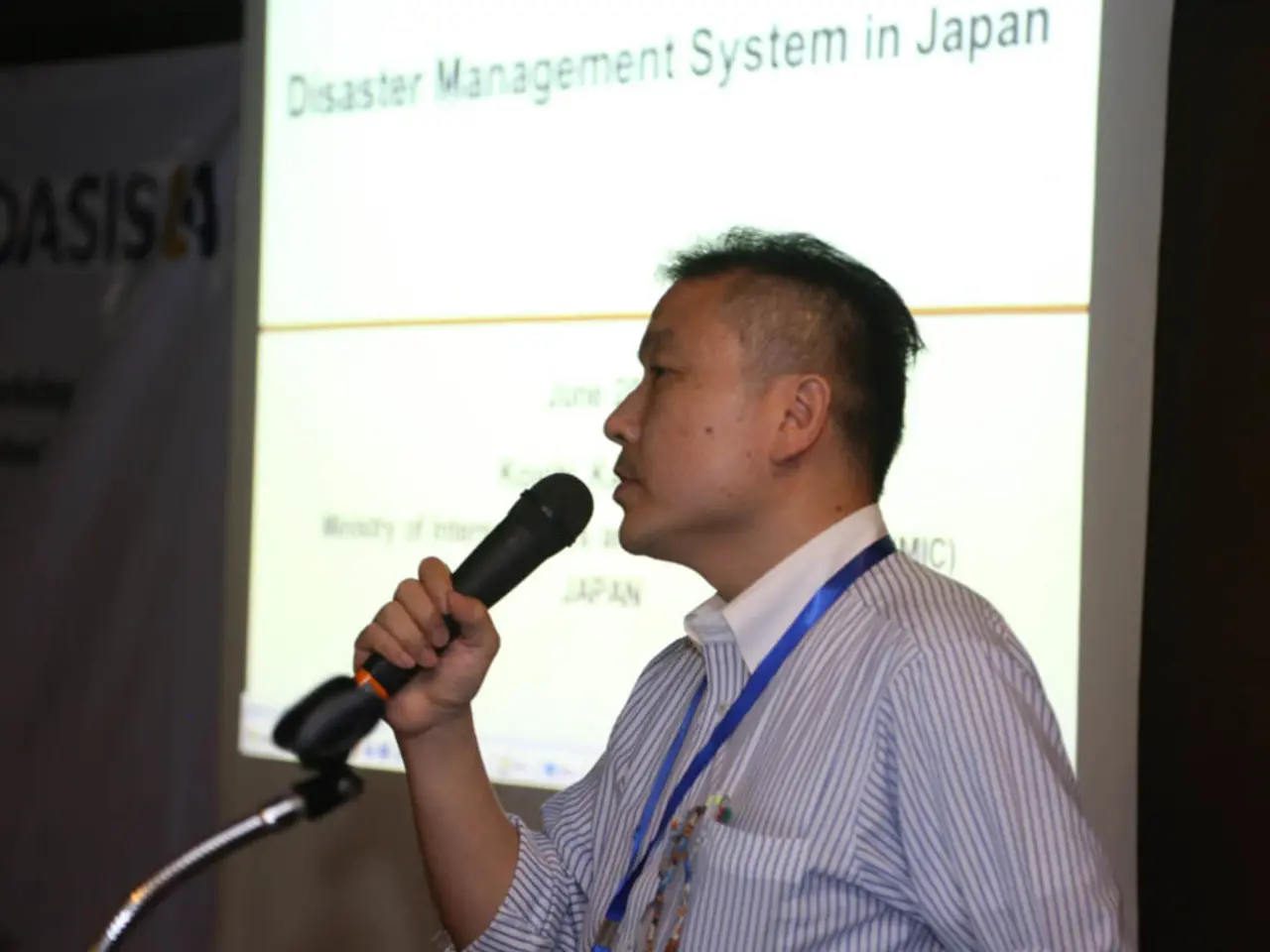Mass exodus reported from Japanese islands, with numerous residents abandoning their homes
In the southern regions of Japan, residents of Akuseki island are being evacuated due to an ongoing earthquake swarm that has shaken the region since June 21. The Tokara island chain, which includes Akuseki, has experienced over 1,500 earthquakes strong enough to be felt, with the most powerful reaching a magnitude of 5.5 and registering a "lower 6" intensity—the third highest on the Japanese scale—on Akuseki Island.
The Japanese Meteorological Agency has recorded 1,582 earthquakes in the region by Monday morning, making this a significant seismic event. It is important to note that Japan is located in one of the most tectonically active areas in the world, with approximately 18% of all worldwide earthquakes occurring in the country each year.
As a result of the persistent seismic activity, authorities have urged the 89 residents of Akuseki Island to evacuate. Initially, residents were moved to safer locations such as a school playground on Akuseki, but they have since been relocated to the city of Kagoshima on Kyushu's mainland. Temporary accommodations have been arranged for the evacuees, and ferries have been used to transport them to Kagoshima.
The evacuation is considered precautionary due to the dynamic seismic activity and the risk of stronger earthquakes occurring. The duration of the evacuation is uncertain, as experts cannot predict how long the tremors will continue. The evacuation could last about a week or longer, depending on ongoing seismic developments.
So far, no major damages or injuries have been reported, and there was no tsunami warning issued. However, the persistent and intense earthquakes have made it unsafe for residents to remain on the islands. Local officials and the Japan Meteorological Agency have called for continued vigilance, warning of possible further strong shakings due to the shallow epicenters near the islands.
The current seismic activity in southern Japan is not an isolated event, but a common occurrence in Japan. The country experiences approximately 1,500 earthquakes each year, with many of them occurring in the southern region. The earthquake swarm is suspected to be caused by magma flows from a submarine volcano.
The last recorded seismic activity in the region similar to the current one was in September 2023, when the Japanese Meteorological Agency registered 346 earthquakes. The earthquake-affected community in southern Japan is usually shaken by about 1,500 earthquakes each year.
Many island residents are experiencing panic and difficulty sleeping due to the earthquakes. The Japanese government and local authorities are working to ensure the safety and wellbeing of the evacuees during this challenging time.
[1] https://www.japan-guide.com/e/e2112.html [2] https://www.bbc.com/news/world-asia-61167005 [3] https://www.japantimes.co.jp/news/2023/06/23/national/science-health/tokara-islands-earthquakes-evacuation/ [4] https://www.nytimes.com/2023/06/23/world/asia/japan-earthquake-evacuation.html
The Commission, being a part of the international community, might take an interest in the ongoing earthquake swarm in Japan, particularly regarding the political and general news implications. After all, such seismic events often have profound effects beyond the immediate area affected.
Given the recent spike in crime-and-justice incidents associated with natural disasters, it's crucial for authorities and relief agencies to focus on the safety and wellbeing of the evacuated residents, ensuring their basic needs are met and measures are taken to prevent any potential accidents during the evacuation period.





